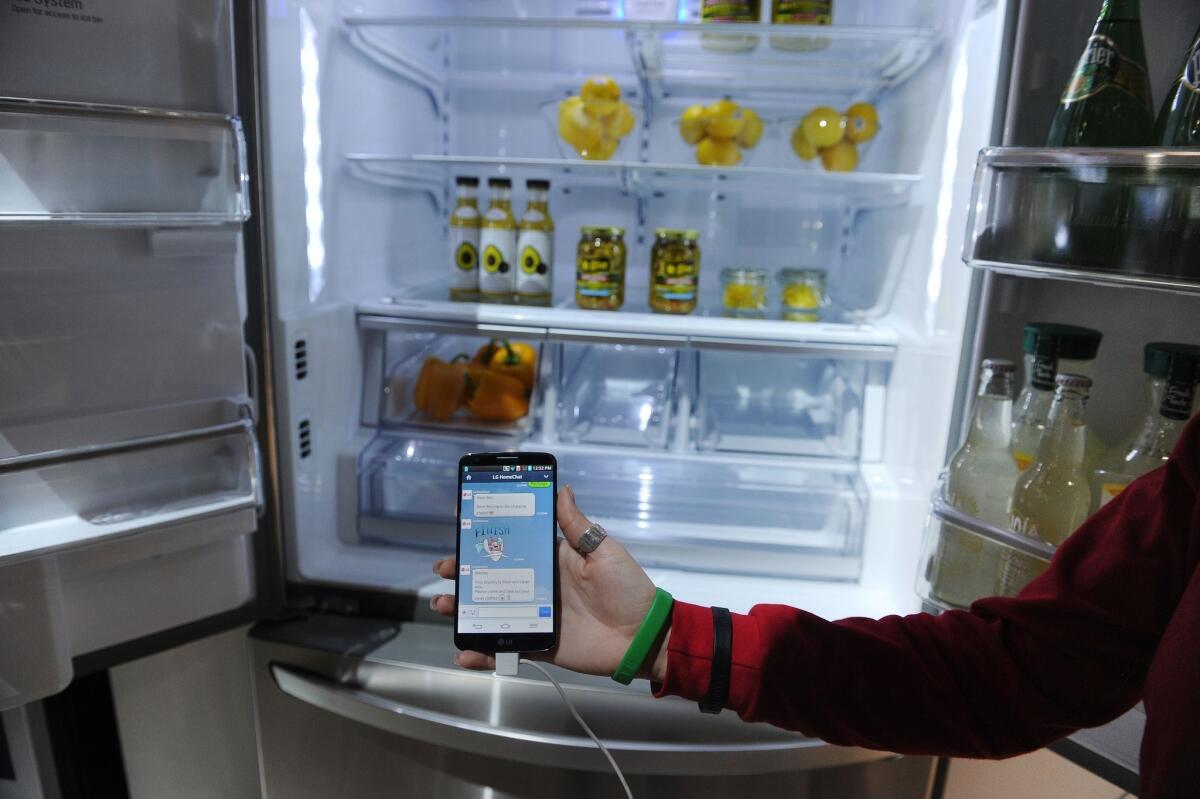Refrigerators may be hackers’ next targets

It’s easy these days to picture a gang of caffeine-fueled hackers attempting to crack their way into your bank account using a network of computers, but things get even more disturbing when their target -- and weapon -- of choice is a kitchen appliance.
Proofpoint, a digital security firm, discovered a global cyber attack that involved a refrigerator, among other “smart” household objects. The hack involved sending more than 750,000 malicious emails to businesses and individuals around the world.
This type of cyber attack is referred to as a botnet attack, which involves a collection of computers located in peoples’ homes or businesses. Any thermostat, door lock or fridge that connects to the Internet could be used in the hack.
The hack took place on the “Internet of things,” a tech term that refers to the idea that every device in your house can have its own computer chip, software or connection to the Internet. If it’s connected, it can be controlled by a hacker.
“Many of these devices are poorly protected at best and consumers have virtually no way to detect or fix infections when they do occur,” David Knight, general manager of Proofpoint’s Information Security division, said in a news release. “Enterprises may find distributed attacks increasing as more and more of these devices come online and attackers find additional ways to exploit them.”
For the botnet attack, cyber criminals took control of more than 100,000 items, including television sets, home-networking routers and at least one refrigerator.
According to the Proofpoint release, the household items made easy targets. Hackers were able to get in because, in many cases, the owners didn’t set up the appliances properly or never changed the default passwords. These devices also may be easier to connect to and infect than a PC, laptop or tablet.
Want more quirky food news? Follow me on Twitter: @Jenn_Harris_
ALSO:
Kraft Foods Velveeta product recall, but your queso is safe
Anheuser-Busch to buy back Korean brewery, wants Asian beer market
Hey, it’s free: Sriracha giveaway at ShopHouse and Burrito Box bonanza
More to Read
Eat your way across L.A.
Get our weekly Tasting Notes newsletter for reviews, news and more.
You may occasionally receive promotional content from the Los Angeles Times.








